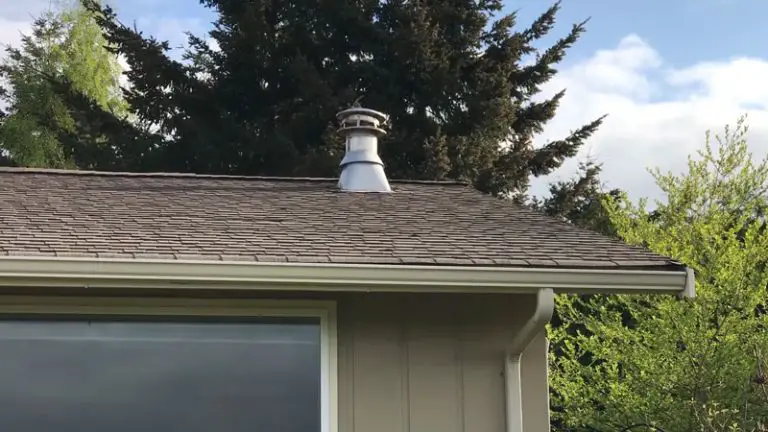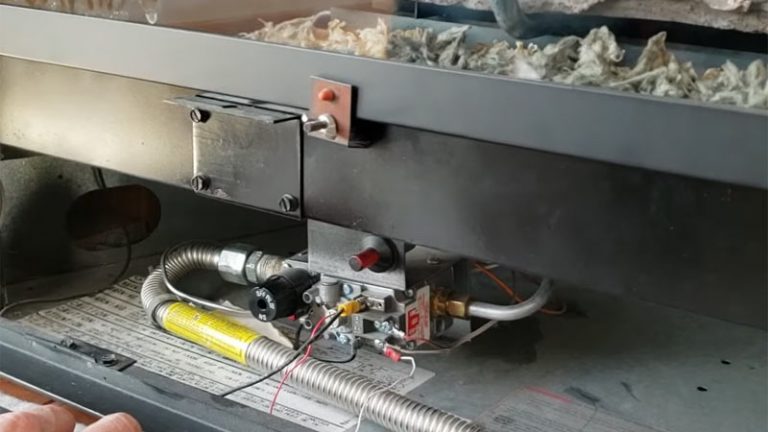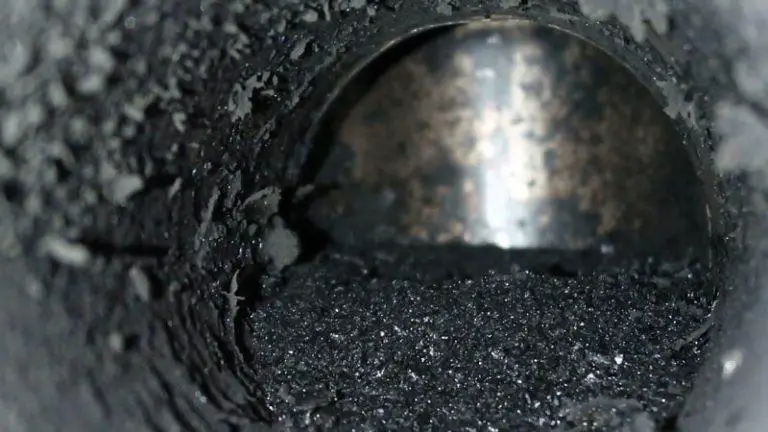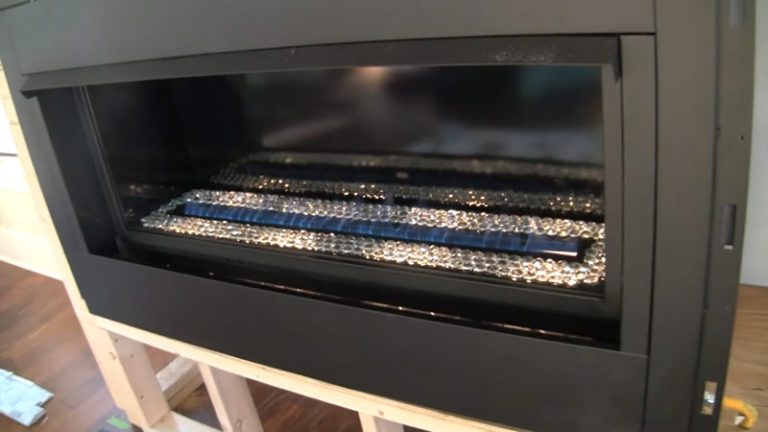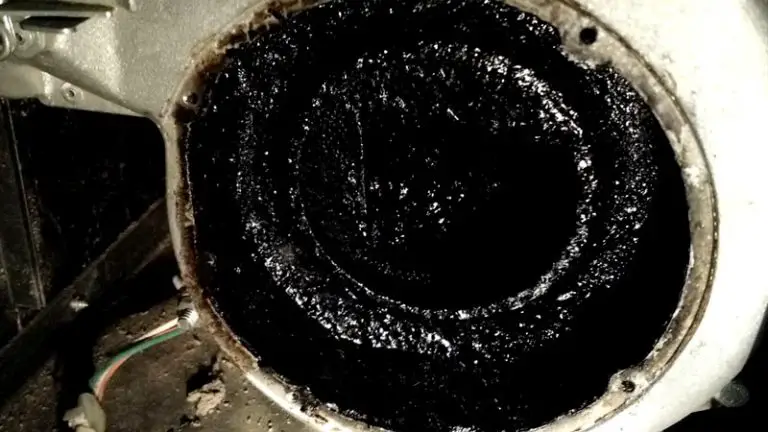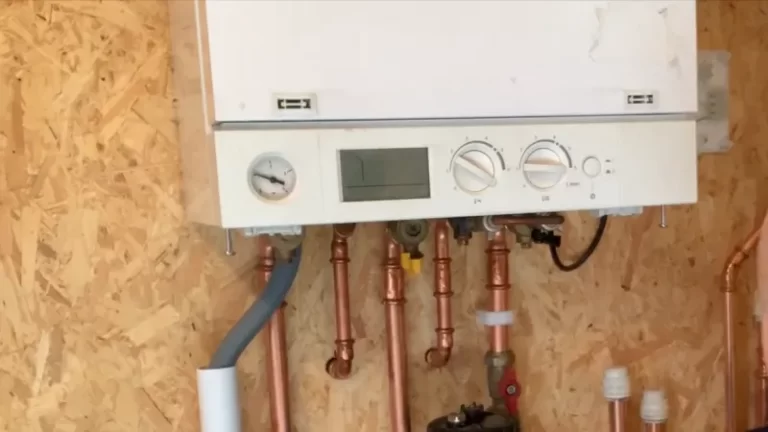Does The Flu Need To Be Open For A Gas Fireplace
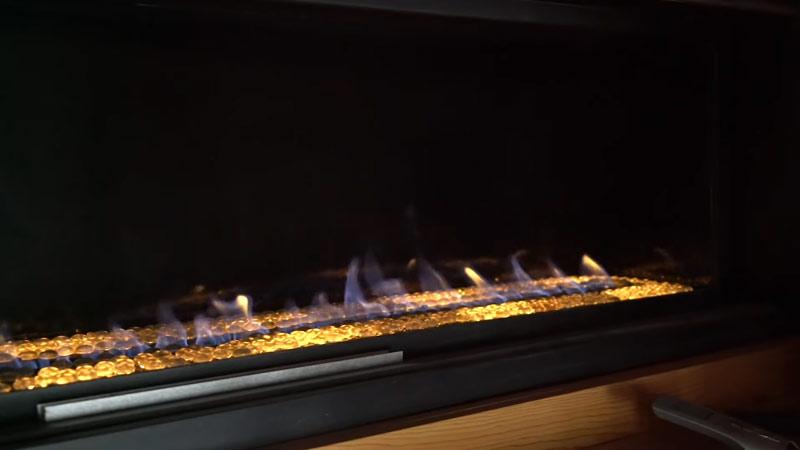
You need to take measures to avoid harmful gases if you have a fireplace. Ensure your fireplace is installed and maintained properly to ensure it is safe and useful.
Follow the manufacturer’s instructions when buying or installing a gas fireplace, especially if it’s your first time. Inspect your chimney beforehand for any damages that may prevent proper fire function. This includes clearing all obstructions and ensuring flames can reach the top of the chimney.
Finally, check local safety regulations before lighting up those logs.
You'll Learn About
Does The Flue Need To Be Open For A Gas Fireplace?
A fireplace is a great addition to any home. It provides warmth and ambiance. However, it’s important to follow the manufacturer’s instructions when buying or installing a gas fireplace. Improper installation can pose safety risks.
Before lighting the fire, ensure your chimney has been inspected and cleared of all damages. Otherwise, you may risk serious burns or even death from smoke inhalation. Additionally, ensure your flue is properly installed and maintained to safely remove harmful gases from your home.
Necessary To Remove Harmful Gases
You need to open your fireplace flue to rid the home of harmful gases. Have a chimney sweep inspect and clean your fireplace every year before use. This is especially important after cold weather or heavy snowfall.
If you live in an area with high smoke pollution, avoid using gas fireplaces during smoky conditions. A properly functioning gas fireplace needs a draft from the outdoors. Opening your flue is one way to achieve this necessary airflow.
Be aware that not all fires are created equal. Some may produce more harmful fumes than others. Always test any new fire before lighting it for the first time.
Properly Installed and Maintained Fireplace is Safe
If you have a gas fireplace, ensure the fire is open before installing it. This allows for proper ventilation and operation. A properly maintained fireplace can be safe and useful in any room of your home.
Keep an eye on the logs to prevent them from bursting into flames or starting too big of a blaze. This could damage your property or injure someone nearby. Ensure there are no obstructions in front of the fireplace. This includes cords, curtains, furniture, etc. These may cause sparks when moved by the wind during combustion.
Disable all electronic devices within 30 feet of the fireplace while it’s burning. This prevents interference with its ability to warm your home properly.
Follow The Manufacturer’s Instructions When Installing
Gas fireplaces come in various sizes and styles. Choose one that fits your needs. Always follow the manufacturer’s instructions when buying or installing a gas fireplace. This applies even if you’re an experienced do-it-yourselfer.
Ensure the area around your new gas fireplace is well-lit. This prevents accidents in the dark. Keep children away from open flames around gas fireplaces. They could be easily injured. If there are any problems with your newly installed gas fireplace, call a professional immediately for help.
Chimney Should Be Inspected And Cleared Of All Damages
Even if you have a gas fireplace, ensure the chimney has been cleared of all damage. It should be ready to be lit. A properly functioning gas fireplace produces heat without the use of fuel. However, some safety precautions should still be followed.
Ensure your Chimney Sweep is licensed and insured. This is important before entrusting them with your safety. Chimneys can easily collapse in bad weather conditions. Before lighting the fire, clear all debris from last year’s burn around the flue opening. Leaving this material could result in a dangerous fire.
Fireplace inspections are typically performed yearly. This minimizes the risk of potentially deadly occurrences.
Can you close the flue on a gas fireplace when not in use?
Normally, you would need to close the flue on a gas fireplace when not in use. This is because the fire needs some air to stay lit. If the flue is left open, it could allow too much oxygen into the room. This can start a fire.
- Never close the flue on a gas fireplace when it is not in use. Doing so may cause serious damage to your home. You could even be liable for fire damages.
- If the fireplace is not in use but the pilot light is still lit, do not shut off the gas supply by closing the chimney flue. This can result in an explosion and possible injury or death.
- If you have a gas log fireplace and lose heat, open your damper to allow fresh air to flow into the furnace properly.
Should the flue be open on a ventless gas fireplace?
There is some debate about whether the flue on a ventless gas fireplace should be open. Some believe it helps distribute heat more evenly. Others feel it can cause problems like chimney fires.
Ultimately, this decision depends on your individual fireplace. It also depends on the safety precautions you have in place.
The flue must be Opened
To burn gas completely in a ventless gas fireplace, the flue must be open. The damper on your fireplace should always be closed when burning this type of fuel. This ensures all gas is burned.
Keep your chimney clean and free from obstructions before lighting your fireplace. This ensures proper airflow and combustion.
Ensure Enough Airflow
You must also ensure there is enough airflow into your room for proper combustion. Check for cracks or gaps in the walls near your firebox. These can cause problems with airflow and combustion.
Check Regularly for Obstruction
Check regularly for obstructions in the firebox. Make necessary repairs as needed. This ensures optimal performance from your ventless gas log setup.
Use Clean Logs
Always maintain clean logs by scraping off built-up residue. This extends their life and increases efficiency when using your ventless gas fireplace.
Never leave vents or openings open during extreme weather conditions. This could lead to safety hazards and property damage.
Does flue need to be open for pilot light?
A pilot light is essential for a fireplace. Without it, the fire would not ignite properly. The flue needs to be open for the pilot light to work. You can control this by using a damper.
If your fireplace doesn’t have a pilot light, the flue won’t need to be opened. Just ensure the fireplace is in use before closing off the airflow.
Opening and closing the flue also controls how much cold air enters your home during winter. Consider doing this regularly if you live in colder climates.
Should the fireplace flue be open or closed?
Check local building codes before deciding about the flue’s opening. A closed fireplace damper keeps warm air out of the house. An open damper allows heat and smoke from the fire to escape.
Use a carbon monoxide detector when you light your fire. Clean your chimney after every use to prevent soot and ash buildup. This prevents problems down the line.
Ensure you know what your local building codes require before starting a fireplace.
Do you have to open the damper on a gas fireplace?
Some gas fireplaces come with a damper you need to open to get the fire going. Others have an automatic start feature. This fires up the burner when it senses natural gas coming into the room.
The Damper Prevents Heat Or Cold From Coming Down Chimney
If you have a gas fireplace, keep the damper open all the time. This prevents heat or cold from coming down the chimney. It also prevents costly repairs due to faulty heating and cooling systems.
You Can Save Money By Leaving The Damper Open All The Time
If you’re not worried about your fireplace producing too much heat or cold, leaving the damper open is an option. This saves money on energy bills over time.
Can you use gas fireplace with damper closed?
It’s not recommended to use a gas fireplace with the damper closed. This is because too much airflow can cause sparks and fire.
If you’re in an area where a spark could start a dangerous wildfire, keep the damper open. This directs sparks away from your home.
The Damper Is Closed
The main purpose of a damper is to regulate the amount of air entering the fireplace. When the damper is closed, there is little or no exhaust. This means the system produces substantial heat.
This system can be used with gas logs. You will get more heat from them due to their smaller size and greater surface area.
There Is Little Or No Exhaust
When the damper is closed, less air leaves the fireplace. This reduces noise and smoke. It also minimizes the risk of carbon monoxide poisoning.
This System Produces Substantial Heat
Due to its design, a closed damper in a chimney fireplace system produces intense heat quickly. Some models can reach high temperatures.
If you’re looking for an efficient way to generate warmth, consider using one of these systems.
The Fireplace Can Be Burned With The Damper Closed
This option allows you to use all parts and functions of your fireplace even when it’s not in use. It’s perfect if space constraints prevent another opening in your wall.
If wood-burning fires aren’t your thing, check out gas logs.
To Recap
If you’re installing a gas fireplace, ensure the area is properly ventilated. Opening the flue allows combustion gases to escape. This creates a safe environment.

